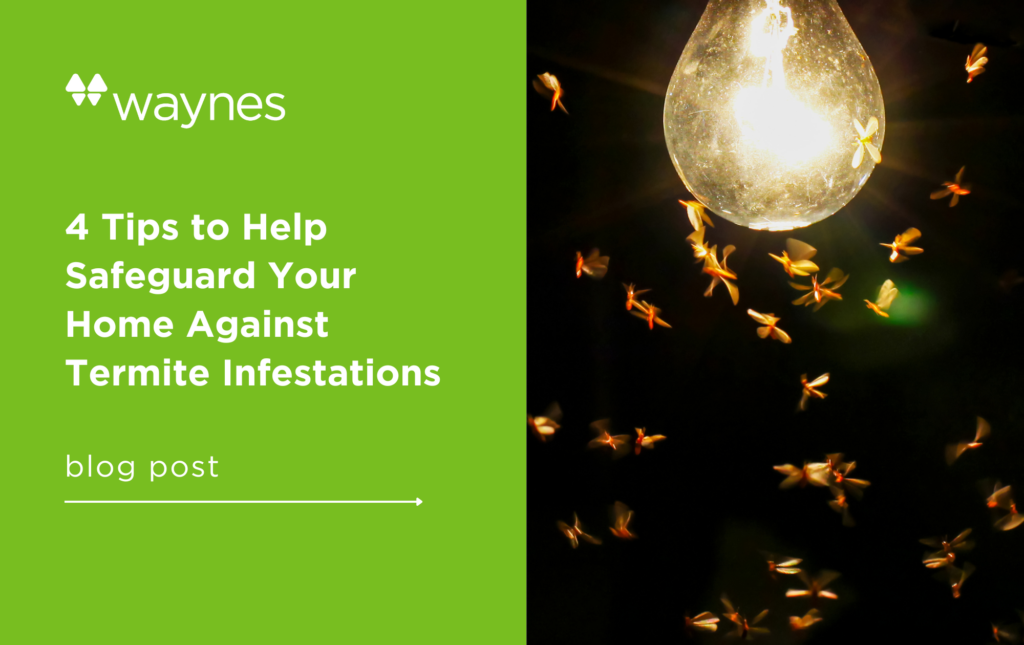Have you ever walked outside to check the mail and noticed a ring of dark green or dead grass in your lawn? Did you think it was something out of a sci-fi movie? Good news a portal to another universe is not opening up in your front yard, but you do have a case of Fairy Ring (just as weird as a portal showing up in your lawn)!
What is a Fairy Ring?
Fairy ring is caused by a hot spot of multiple types of fungi converging together. These fungi break down and feed on organic matter, mainly old decaying tree stumps, roots, pieces of woody materials. Over time the fungi can deplete the soil of nutrients leaving your lawn less than lush. Starting out fairy ring may resemble a patch of rapidly growing dark green grass; at this stage, most folks think “wow my lawn is perking up!” The patch will grow to form a ring. Given enough moister in the soil, mushrooms can appear in the outer ring. When you cut into the ring of grass you may notice a white, mealy-like material followed by a musky odor.

How Long Can Fairy Ring Be Present in Your Lawn?
GOOD NEWS– Fairy ring will disappear in time. BAD NEWS– It may take years. Over time the patches enlarge into rings, and dead grass may appear on the inside of the ring. The fungi will remain active in your lawn for as long as their food source is present. Once the material is gone the ring will disappear.
Management
Prevention is key and if you are planting turf, large pieces of wood (e.g. stumps, waste lumber, dead tree roots) must be removed from the soil. For existing lawns, it can be an extensive process to correct. It typically requires removing the old soil and replacing it with clean topsoil; this process can be very expensive. Most folks choose to mask the issue until the soil is no longer tainted. To mask the effects of a fairy ring on your lawn it could help to increase watering and fertilization. Aeration is recommended.
Spider Webs All Over Lawn?
Have you been up early in the morning and notice spider webs damp with morning dew in your lawn? For those of you thinking your lawn is full of SPIDERS this will come to you as good news, those “webs” are more than likely a fungus, mycelium. Some may prefer a lawn disease over a spider infestation, others not so much!
Identifying the Difference in Mycelium & Spider Webs
Unlike spider webs, once exposed to the morning sun Mycelium disappears. The presence of mycelium in your lawn could be a sign of dollar spot fungus, brown spots, or Pythium blight. The presence of grass spiders is a sign of a healthy lawn, consuming insects that feed on your precious grass.
Management
Identifying the underlying cause of the fungus is key to properly treating it. If you begin treating the wrong disease it could fuel the symptoms making the situation worse for your lawn. We recommend contacting a lawn care professional to properly identify the cause and apply an appropriate lawn care treatment.










